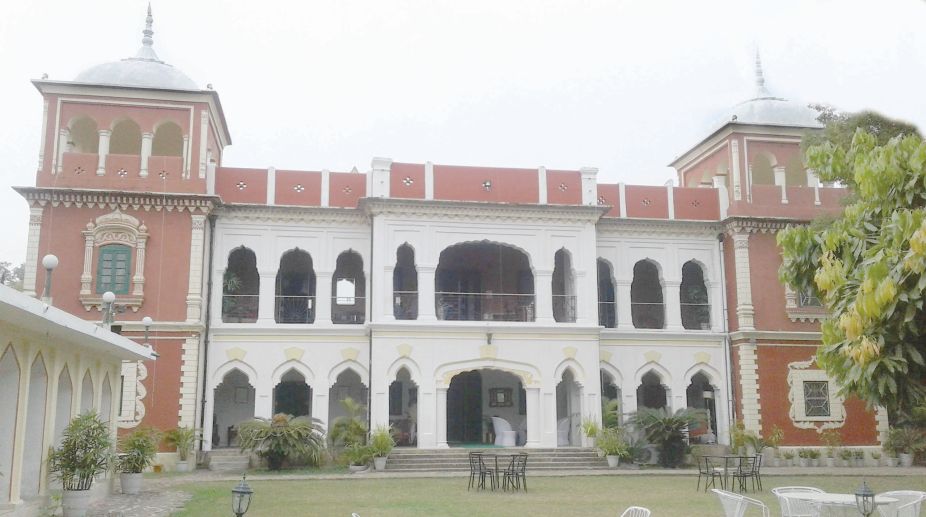Aesthetically carved elegant havelis, Portuguese-styled mansions and old buildings with Italian finish scattered among graceful mud-plastered and slate roofed houses give a traditional ambience to the Pragpur village of Kangra valley in Himachal Pradesh.
In December 1997, this small village came into the limelight when the state government certified Pragpur as a heritage village, making it the country’s first such village. Pragpur was founded in the late 16th century to commemorate the wife of Rajpura’s prince, Princess ‘ Prag Dei ‘of the Jaswan royal family, who successfully and courageously resisted plunderers and pillagers.
The magnificent houses in the Pragpur village have a blend of varied architectural styles ~ Kangra, Rajput, British, Portuguese, and even Italian. The exquisite village has timeless shops, gravelled streets, antiquated water tanks along with many prehistoric structures. The svelte linear streets are lined with havelis, ornamental villas and temples on either side.
Receiving blessings from the three nearby shakti peeths, Chhinnamastika Dham also known as Chintpurni Mata temple, Jwalamukhi temple and Brajeswari temple, Pragpur is situated under the shadows of Dhauladhar mountains. The view of these majestic snow capped ranges from the village is breathtaking.
There are many classical places of interest in the village giving it a medieval aura.
The Judge’s Court, which was completed in 1918, has now been converted into a resort. It was built in the typical Anglo-Indian style of architecture and is just walking distance from the village core. It is spread over 12 acres of land. The Judge’s Court is the pride of the Heritage Village. It is now run by the family which owns it as a heritage hotel.
Sunil, a 36-year-old manager at The Judge’s Court said, “This building is 110 years old. Everything including the stones laid, the furniture, the decorations, etc., are antique.”
The area has several stunn0ing ancient places. At the centre of Pragpur village is a pool or Taal (a water tank). It was constructed before 1868. The pond is surrounded by many heritage structures like Dhunichand Bhardial Serai, Nehar Bhawan and Radha Krishan Mandir.
The water tank was built with donations from local residents. A Nehar committee was formed for the care and maintenance of this water tank. “Water in the Taal comes from LagBaliana village, 4 km away from Pragpur. During the old days there were no iron pipes so people used bamboo pipes to transfer water from there. After the success of bamboo pipes the iron pipes were imported from London due to the unavailability of pipes in India,” said Brij Mohan Sood, the 77-year-old cashier of the Nehar committee.
“In that era there was no IPH department or PWD, it’s the local residents and the Sood community who took the initiative. So all the credit goes to them,” he added.
The remarkably designed pond with the structure of a lion on the edge is still intact. Made of lime and brick powder it gives a glimpse of what an ideal construction should be.
Along with these structures Butail Niwas, Butail Mandir, various havelis, temples and the Chateau Heritage Hotel in Pragpur-Garli have a unique and historic flavour.
The age-old shops in Pragpur-Garli area are popular for their traditional and good quality products. “One can buy any tool for any machinery here in these shops. These shops are very trusted,”said Sunita Devi of Haripur.
The heritage village reflects the essence of an earlier era. The mature buildings, fine work, remarkable architecture and old shops are the core of the heritage zone. But with time passing, some of these buildings are decaying. The historic buildings are crumbling because of neglect.
”Previously, it was a shooting spot for many Punjabi and Hindi movies. But today the roads are damaged and some of the prominent structures are fading and dying a slow death because of heedlessness”, he added further.
This heritage zone can give a boost to the rural tourism of Himachal Pradesh. India’s first heritage village, however, is crying for the attention both from the government as well as the local
residents.












